Tag: History
-
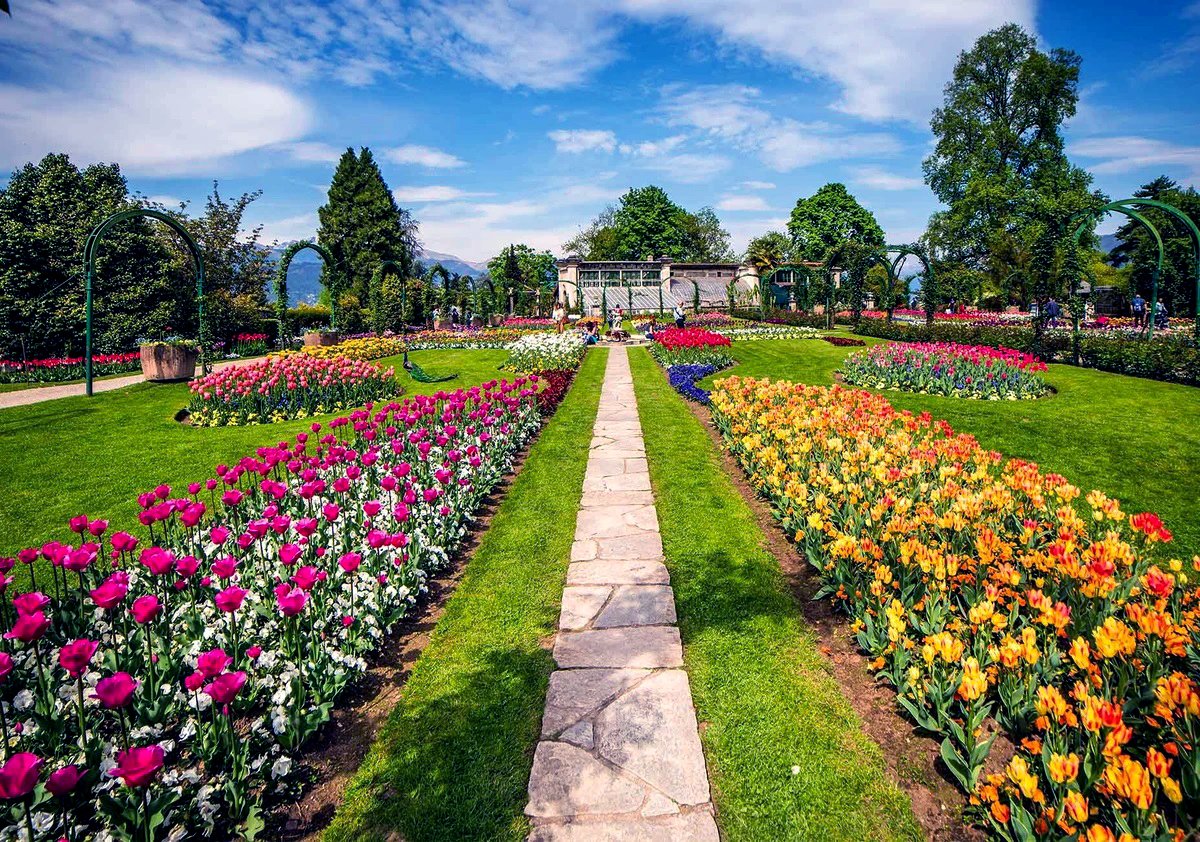
Parco Pallavicino
Villa Pallavicino was built as a private residence in 1855. In 1862, it was acquired by the noble Pallavicino family of Genoa, who expanded the estate, built carriage roads, adorned the park with statues and transformed the simple residence into the splendid 19th-century neoclassical villa that still stands on the hill today. The Borromeo family…
-
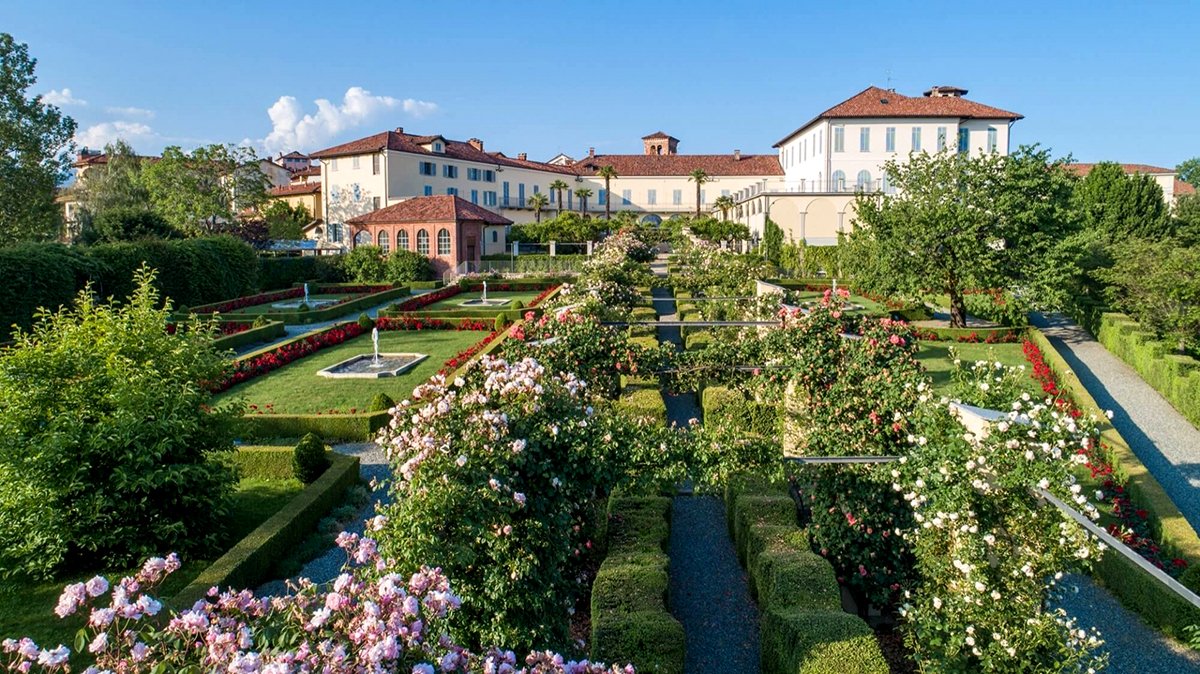
Palazzo Gromo Losa
The pride and joy of Palazzo Gromo Losa is undoubtedly its Italian garden, dedicated to roses, whose various species intertwine along the central pergola, reminiscent of the warp and weft of a fabric. A stroll among the fountains and flowerbeds of the garden is an essential part of any visit to the exhibitions hosted in…
-
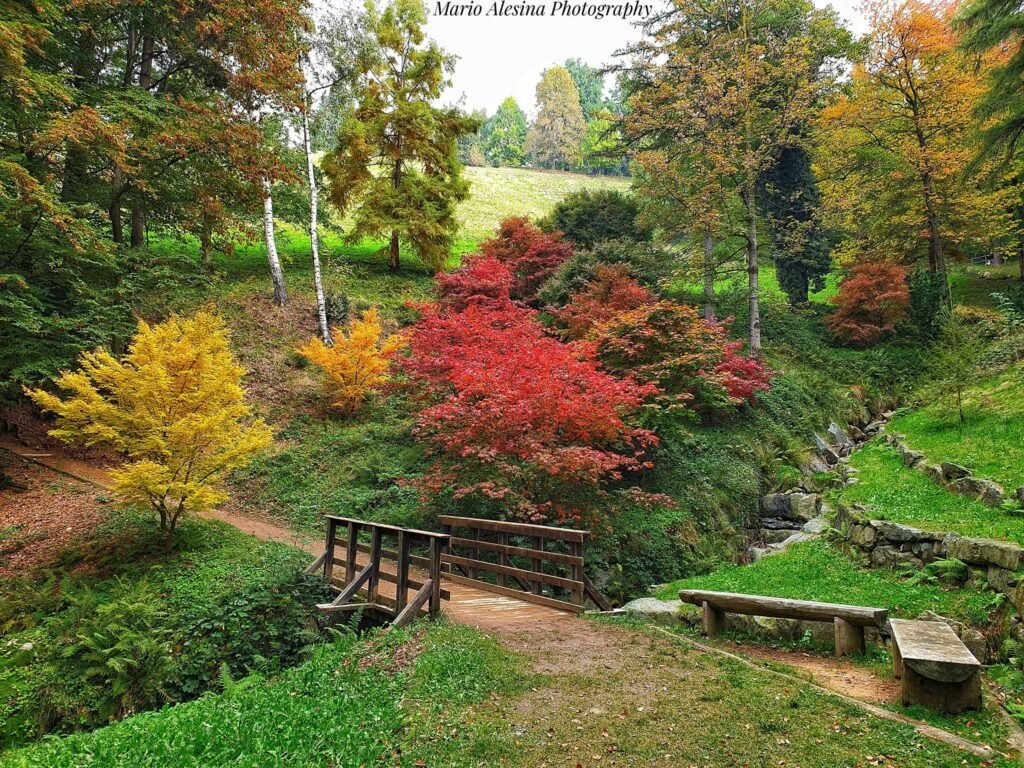
Riserva Naturale Parco Burcina “Felice Piacenza”
Burcina Park is a historic garden located on the hill of the same name, ‘Brik Burcina’, a gentle hill close to the Biella Alps. The origins of Burcina Park date back to the mid-1800s when Giovanni Piacenza (1811-1883) began purchasing various plots of land on the lower slopes facing south and west of the hill,…
-
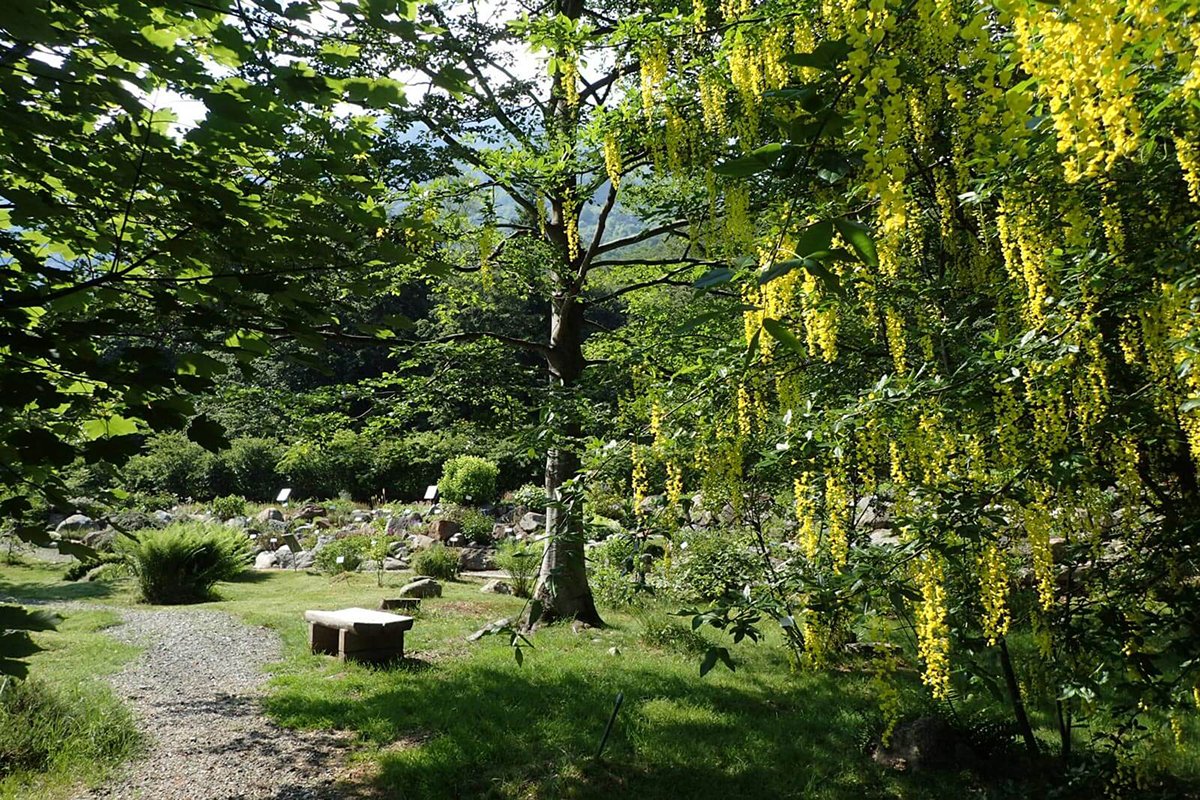
Giardino Botanico di Oropa
The construction of the Oropa Botanical Garden (first envisaged in the 1930s by Prof. Camillo Sormano in the Rivista Biellese magazine) was promoted by the Biella Garden Club Association in early 1990. The location chosen for this project was the basin where the Marian Shrine of Oropa is located, at an altitude of 1,200 metres,…
-
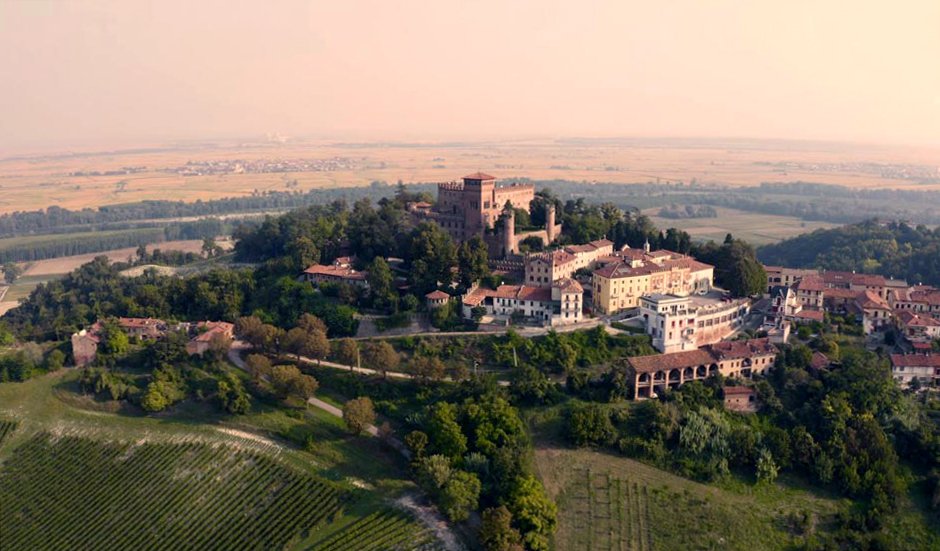
Castello di Gabbiano
The maze at Gabiano Castle is one of the very few documented examples of its kind in Piedmont’s historic gardens. Its importance stems not only from its rarity, but also from the historical period in which it was created, namely the 1930s, a time when the established taste for landscaping was integrated with formal gardens…
-
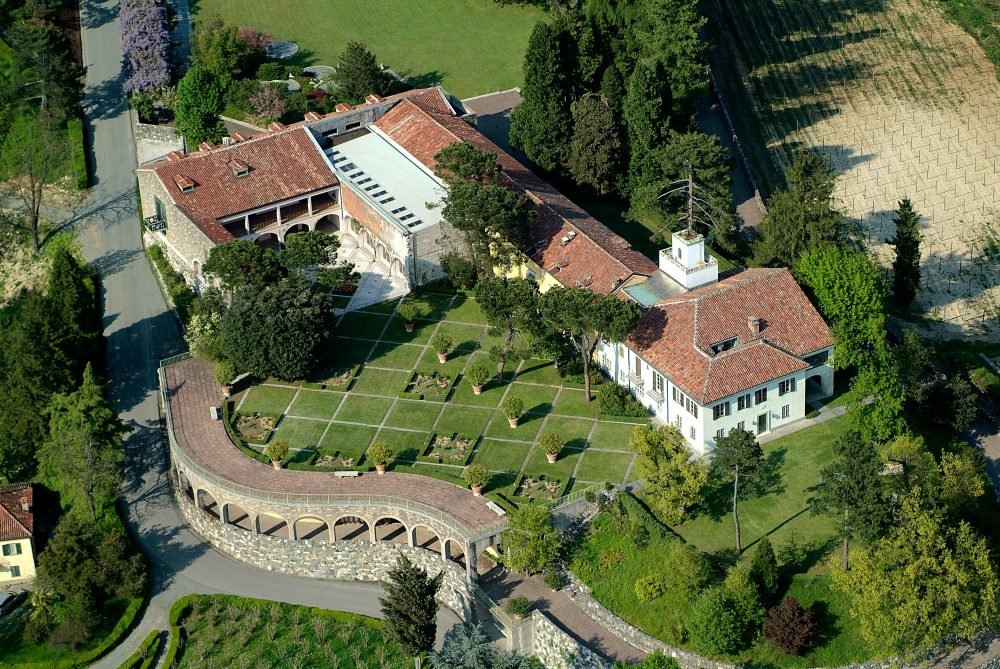
Villa Ottolenghi Wedekind
Villa Ottolenghi is the only example in Italy of close collaboration between architects, painters, sculptors and patrons to create a stately home characterised by the presence of important works of art. In 1920, Counts Ottolenghi, Arturo and Herta von Wedekind zu Horst, entrusted the design of Villa Ottolenghi first to Federico d’Amato and then to…
-

Varallo – Museum and Monastery
Built from the end of the 15th century onwards, the magnificent Varallan complex mainly comprises about forty chapels, all frescoed and decorated with polychrome statues, and a grandiose Marian shrine overlooking a piazza-garden of great beauty. Initially founded as a reproduction of the Christian sites of the Holy Land, it was later transformed into a…